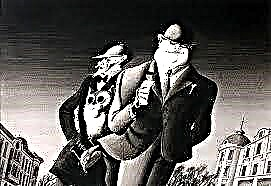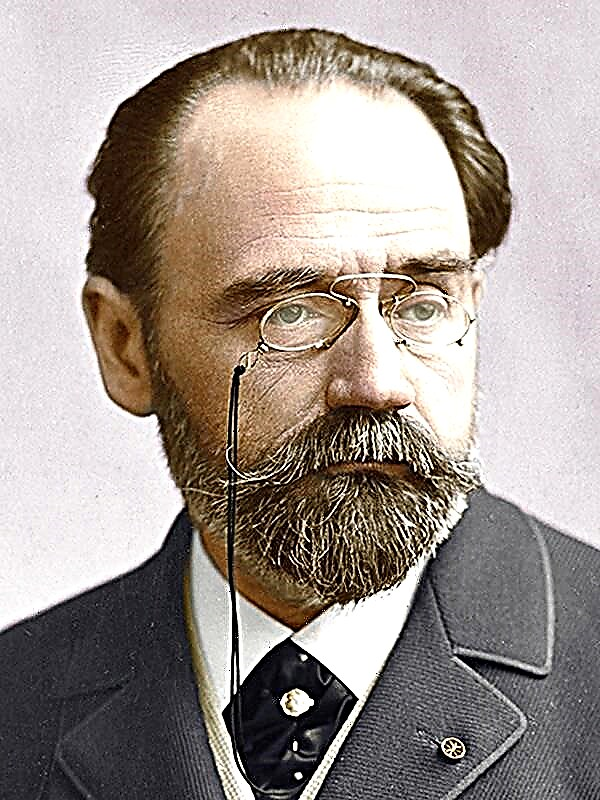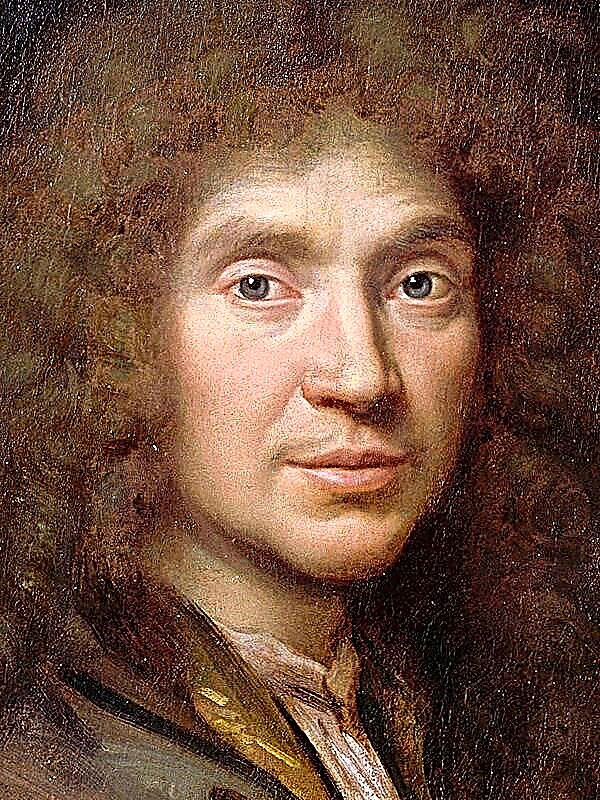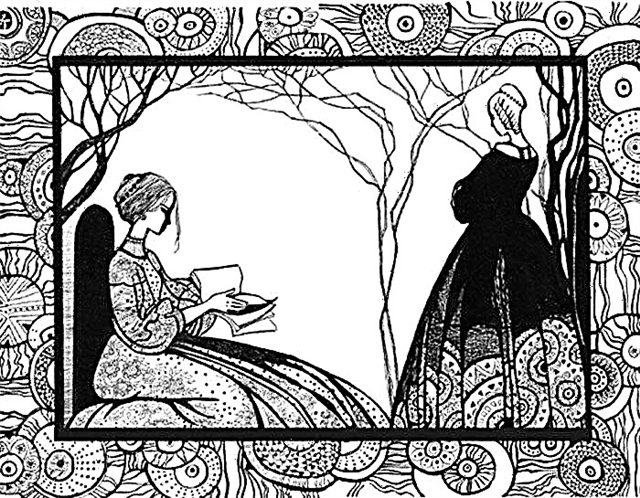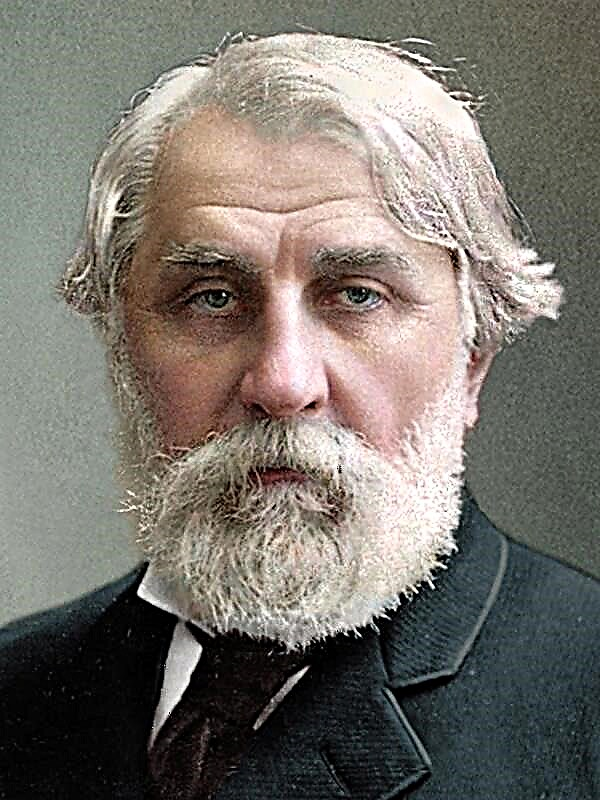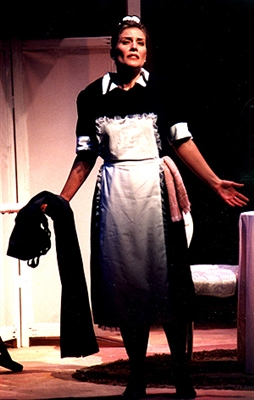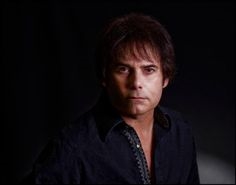(302 words) One of the most famous riots in Russian history was the Pugachev uprising, which took place in 1773-1775. Emelyan Pugachev became literally a symbol of the time, a hero who fought for the rights of the people. And many authors used this event as the basis for their works. Although every writer had his own point of view about what happened in the 18th century.
A.S. Pushkin created the image of Pugachev in his novel "The Captain's Daughter." He described the Cossack as a rather courageous and desperate man, full of contradictions. He is cruel, but compassion is not alien to him, and he helps the protagonist in the work. The author tries to look at things objectively, taking into account real facts, plunging into the past to understand whether this rebellion was needed? He describes everything with reliable clarity, opening the bloody curtain over that historical period. And in the end, he admits that although the significance of this manifestation of the people's will was great, nevertheless, it is impossible to justify what happened. This rebellion was senseless, doomed to defeat in advance, bringing only tyranny and death to the country.
If we talk about Yesenin, then in his tragedy "Pugachev" he creates a completely different image of the leader of the uprising. He also shows him a brave and determined man who believes in his beliefs. However, he romanticizes it, endows it with a subtle soul and iron foundations for a peasant war. There is no historical accuracy, the author does not set a goal to show the cruelty committed by Pugachev and his supporters. He justifies the rebel, showing his incredible desire to change the existing system. And Yesenin mentally allows him to make some sacrifices in order to achieve the desired. The hero becomes a symbol of tragedy and failed accomplishments, a man who purposefully sacrificed himself.
Thus, both authors recognize the merits of Pugachev, but Pushkin, along with them, shows the poor qualities of a leader, concluding that his tyranny in justice did not painfully surpass the absolute monarchy of Catherine the Second, against which ordinary people went against. But Yesenin’s image is not even a person, but a symbol of anger, truth and strength of the Russian people.

